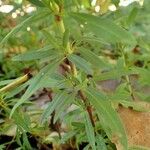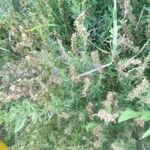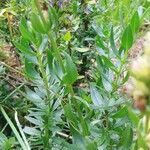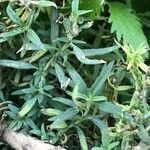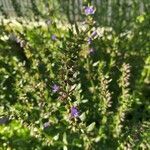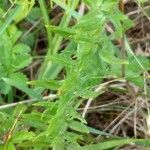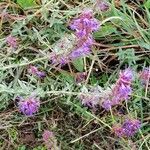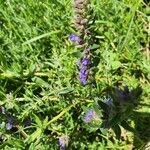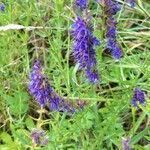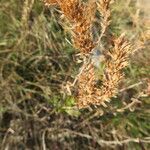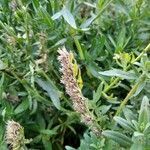| Therapeutic use
|
Antioxidants (aerial part), Asthma (aerial part), Common cold (aerial part), Cough (aerial part), Flatulence (aerial part), General tonic for rejuvenation (aerial part), Abdominal pain (flower), Anthelmintics (flower), Anti-inflammatory agents (flower), Antineoplastic agents (flower), Appetite stimulants (flower), Colic (flower), Demulcents (flower), Exanthema (flower), Expectorants (flower), Fever (flower), Flatulence (flower), Furunculosis (flower), Hysteria (flower), Menstruation-inducing agents (flower), General tonic for rejuvenation (flower), Diaphoretic (flower), Abdominal pain (leaf), Antinematodal agents (leaf), Antineoplastic agents (leaf), Antiparasitic agents (leaf), Appetite stimulants (leaf), Colic (leaf), Exanthema (leaf), Fever (leaf), Flatulence (leaf), Furunculosis (leaf), Hysteria (leaf), Menstruation-inducing agents (leaf), General tonic for rejuvenation (leaf), Abortifacient (unspecified), Cold Remedy (unspecified), Cough Medicine (unspecified), Febrifuge (unspecified), Pulmonary Aid (unspecified), Respiratory Aid (unspecified), Asthma (unspecified), Bronchitis (unspecified), Carminative (unspecified), Cough (unspecified), Diuretic (unspecified), Dyspepsia (unspecified), Emmenagogue (unspecified), Expectorant (unspecified), Gall (unspecified), Hoarseness (unspecified), Lung (unspecified), Nerves (unspecified), Ophthalmia (unspecified), Pectoral (unspecified), Sclerosis(Liver) (unspecified), Stimulant (unspecified), Stomachic (unspecified), Sudorific (unspecified), Tonic (unspecified), Tumor (unspecified), Toothache (unspecified), Catarrh (unspecified), Cold (unspecified), Kidney (unspecified), Night-Sweat (unspecified), Resolvent (unspecified), Tonsillitis (unspecified), Tumor(Abdomen) (unspecified), Urogenital (unspecified), Vermifuge (unspecified), Anti-bacterial agents (unspecified), Antitubercular agents (unspecified), Common cold (unspecified), Contusions (unspecified), Digestive system diseases (unspecified), Diuretics (unspecified), Flatulence (unspecified), Intestinal diseases (unspecified), Liver diseases (unspecified), Lung diseases (unspecified), Menstruation-inducing agents (unspecified), Nervous system diseases (unspecified), Parasympatholytics (unspecified), Pectoralis muscles (unspecified), General tonic for rejuvenation (unspecified), Urination disorders (unspecified), Uterine diseases (unspecified), Anthelmintics (whole plant), Anti-infective agents (whole plant), Asthma (whole plant), Bronchitis (whole plant), Conjunctivitis (whole plant), Cough (whole plant), Fibromyalgia (whole plant), Hematologic diseases (whole plant), Kidney calculi (whole plant), Liver diseases (whole plant), Sprains and strains (whole plant), Tuberculosis (whole plant), Wound healing (whole plant), Wounds and injuries (whole plant)
|
